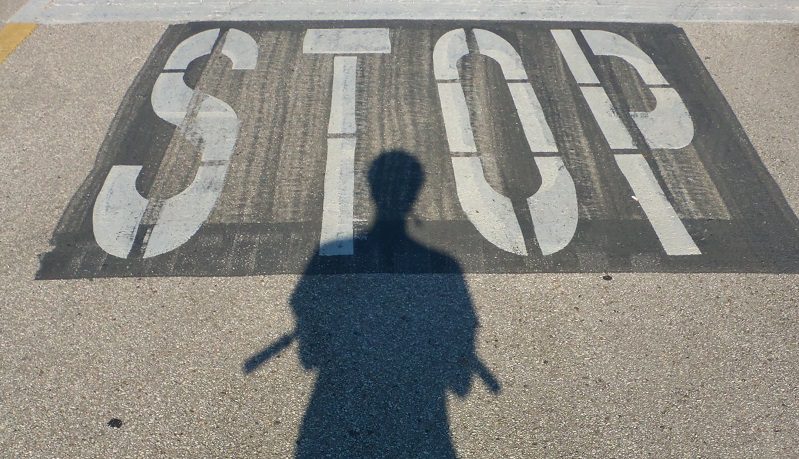With the recent ticketing spree in High Park, Toronto, many cyclists have been calling for cities to adopt the “Idaho stop” rule. The Idaho stop is allowing cyclists to roll through stop signs, as long as it is safe to do so. Police have been ticketing cyclists for doing so in the park, even though at one point a police officer himself rolled through a light and hit a rider.
Some studies say that the Idaho stop is actually safer for cyclists, and cars.
Yes, known as The Rolling Stop Law. @CycleToronto has a campaign underway lobbying for changes to provincial regulation, which would allow cyclists to treat stop signs as yield signs, instead of requiring cyclists to come to a complete stop. https://t.co/V2gxSQWnih https://t.co/XwgMFpo3EJ
— Jennifer Keesmaat (@jen_keesmaat) August 3, 2022
A study published by DePaul University in Chicago, News1130.com reported, is lending credence to an often contentious issue in the cycle commuting world—namely, the question of whether or not the Idaho stop is safe.
Not only is it safe, the research concluded, but yielding to riders and letting them “take the lead” at intersections—whether controlled by stop signs or red lights—may be more efficient.
Got a nice $110 ticket for rolling a stop sign in high park from the Toronto Police, which I look forward to fighting. Glad to see @JohnTory and @TorontoPolice continue to prioritize the most important public safety issues in Toronto @TheBikingLawyer pic.twitter.com/nJ80LAxhJh
— Jeffrey Doucet (@jeffrey_doucet) August 2, 2022
In short, the study’s findings suggested that a “stop as yield” law—in other words, letting cyclists treat stop signs as yield signs, while requiring them to stop at red lights only for as long as it takes to ensure that crossing is safe—may be an improvement on the existing rules of the road. “Safety research,” said Joe Schwieterman of DePaul’s Chaddick Institute for Metropolitan Development, as quoted by News1130.com, “shows that yielding to managing the intersection by cyclists is often safer than having them stop at the intersection. Plus it makes laws more realistic for bikers that they can more realistically follow.”
“The safety research shows that it’s better for them to be aggressive at intersections,” Schwieterman added, “and to manage them based on their judgement of traffic conditions.” Further, he said, the idea would also help riders maintain their momentum—something with which…
Click Here to Read the Full Original Article at Canadian Cycling Magazine…

